(Périgueux 1918 - Razac sur l'Isle 2005)
Boats in Propriano (Corsica)
Oil on plywood
H. 46 cm; L. 55 cm
Signed lower left. Signed and located on the back
Provenance: Private collection, Périgueux
Born in Périgueux at the end of the Great War, Ribeyrol grew up on the family lands of Razac sur l'Isle, which he left for his profession as a railway worker. During his youth he learned the rudiments of the Arts on the benches of the School of Drawing alongside Pierre-Robert Lucas, future Prix de Rome in 1937, and Jean Cluseau-Lanauve. These Périgord lovers learned under the guidance of two well-known artists: Robert Dessales-Quentin and Julien Saraben. Ribeyrol initially worked in Grenoble, where he participated in many local salons in the entourage of the Société des Beaux-Arts in the city. His passion for drawing and painting forced him to practice almost daily within this circle to develop his art more rigorously. He won prizes in Grenoble and Lyon, a city he joined in 1968 and where he never failed to join the Société des Beaux-Arts… During all these years of expatriation, Jean-Daniel Ribeyrol constantly created, mostly landscapes of neighboring Provence, but of course the foothills of the Alps or Auvergne. A few still lifes punctuate the partitioned landscapes with colors that he likes to exhibit. In 1974, the painter retired and could devote himself full time to his passion in front of the landscapes of Périgord. Shortly after, he created within the Société des Beaux-Arts du Périgord, “l'Atelier” which still continues today, being a meeting place and weekly practice. From 1986 to 1990 he chaired the Society, which he very seriously expanded. In 1988, a major exhibition of his work was organized in Périgueux, and another in 2015 in Razac sur l'Isle.
If one is used to works from around Grenoble and Périgord, one should not forget the many trips to France that Ribeyrol made. Brittany is often represented, but also Corsica and its steep coasts. It is here on the outskirts of Propriano, a port north of Ajaccio, that the painter puts his easel, possibly in another boat, since it represents the houses on the seafront and the mountains in the background. By this luminous and powerful partitioning, it gives this calm sunny coast a force all in matter.









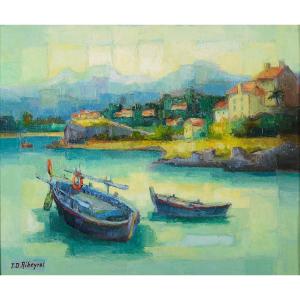











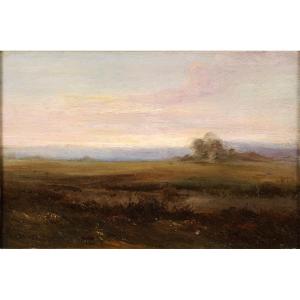


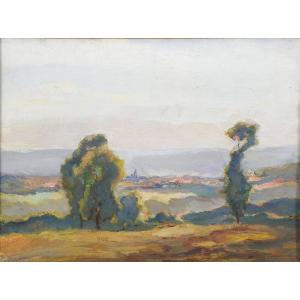



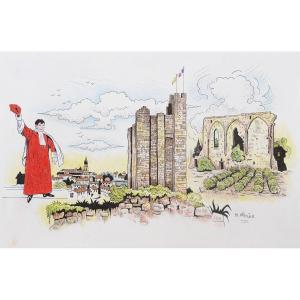
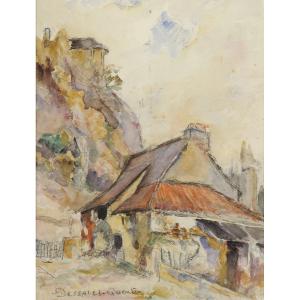






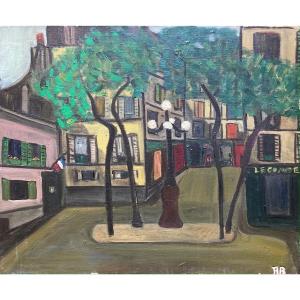



 Le Magazine de PROANTIC
Le Magazine de PROANTIC TRÉSORS Magazine
TRÉSORS Magazine Rivista Artiquariato
Rivista Artiquariato